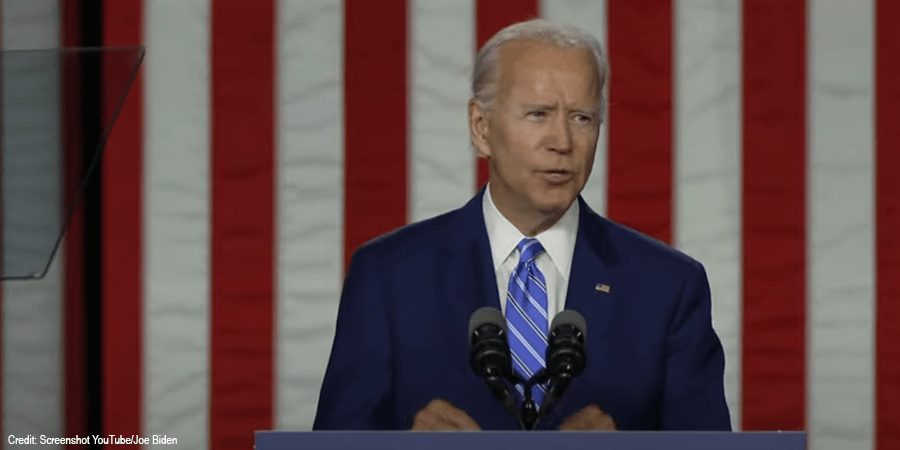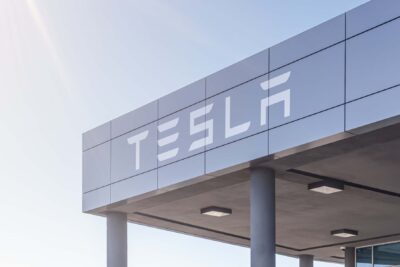US Democrats to invest billions in e-mobility annually
Democratic members of Congress have introduced a detailed climate policy bill that also addresses electric mobility. Several billion dollars are to flow into support programmes for charging infrastructure every year, according to the bill.
The ‘CLEAN Future Act’ aims to achieve an emission-free economy by 2050 through measures in all sectors. By 2030 at the latest, the level of climate-damaging emissions is to be reduced by 50 per cent compared to the 2005 level.
For the transport sector, the bill envisages significant investments in electrification. For example, starting in the next fiscal year, US$100 million a year until 2031 is to be allocated to a new programme that provides grants for the installation of Electric Vehicle Supply Equipment (EVSE). Over the same period, $2 billion and $2.5 billion will be earmarked annually to state and local governments and private entities, respectively, for large-scale electrification projects in the transportation sector.
The bill also sets electrification quotas for federal government fleets. It also directs the Department of Energy to accelerate the domestic production of batteries and other technologies for electric vehicles, establish a pilot programme for the electric retrofitting of heavy refrigerated vehicles, and provide funding for electric school buses. Besides, there is the planned introduction of a so-called ‘Clean Cities Coalition’ programme, with $50 million per year starting in 2022 and $100 million per year starting in 2026. In other sections of the bill, the initiators also make a case for decarbonising ports and for a special focus on electrification in “disadvantaged communities”.
However, the bill is still at the very beginning of the legislative process and must first pass the committees and then both chambers of Congress. Once again, the paper does not include a CO2 tax. This was already the case when the Democrats presented other bills. In mid-February, the party introduced a bill called the “GREEN Act” that would increase the current limit of 200,000 federally subsidised electric cars per manufacturer by an additional 400,000 vehicles. Another bill introduced by Democratic congressmen provides for the introduction of a tax credit for electric bicycles as well.
For his part, Democratic US President Joe Biden had issued an Executive Order aiming to make climate change a central issue. Announced at the end of January it included that all of the government’s approximately 645,000 vehicles nationwide would be replaced by electric vehicles and that a supply chain analysis would be undertaken for battery resources.
Without, however, naming a timetable. The ‘CLEAN Future Act’ now gives more precise details on quotas for commercial vehicles in the federal service, which, incidentally, apply to the US postal service. According to the Act, starting in the fiscal year 2025, all newly procured light-duty vehicles are to be powered by “alternative fuel”, with at least 50 per cent being electric vehicles (BEV, FCEV or PHEV). This quota is to increase to 75 per cent from 2035 and to 100 per cent in 2050. In the case of medium and heavy commercial vehicles, at least 20 per cent are to run on “alternative fuels” from 2025, at least 30 per cent from 2030 and at least 40 per cent from 2040.
Independently of the bill, the US government held a virtual meeting with the chairmen of charging infrastructure companies and reaffirmed its goal of building more than 500,000 charging stations for electric vehicles. During the election campaign, Biden had already promised to build 550,000 charging stations in the country.
It is also worth noting that six major energy providers have joined forces in an alliance called the Electric Highway Coalition to promote public charging infrastructure on highways from the Atlantic coast through the Midwest and South to the Gulf and Central Plains regions. The companies involved are American Electric Power, Dominion Energy, Duke Energy, Entergy Corp, Southern Co and Tennessee Valley Authority. According to the initiators, a network of DC fast-charging stations is planned. However, no specifics were released about the planned charging capacity. Since the initiators write about “sending electric car drivers back on the road in 20 to 30 minutes”, we can only assume the kind of HPC stations that will be used.
eu.detroitnews.com, energycommerce.house.gov, energycommerce.house.gov (legal draft, PDF)
whitehouse.gov (charging infrastructure meeting) reuters.com, electrek.co, tva.com (Electric Highway Coalition)





0 Comments